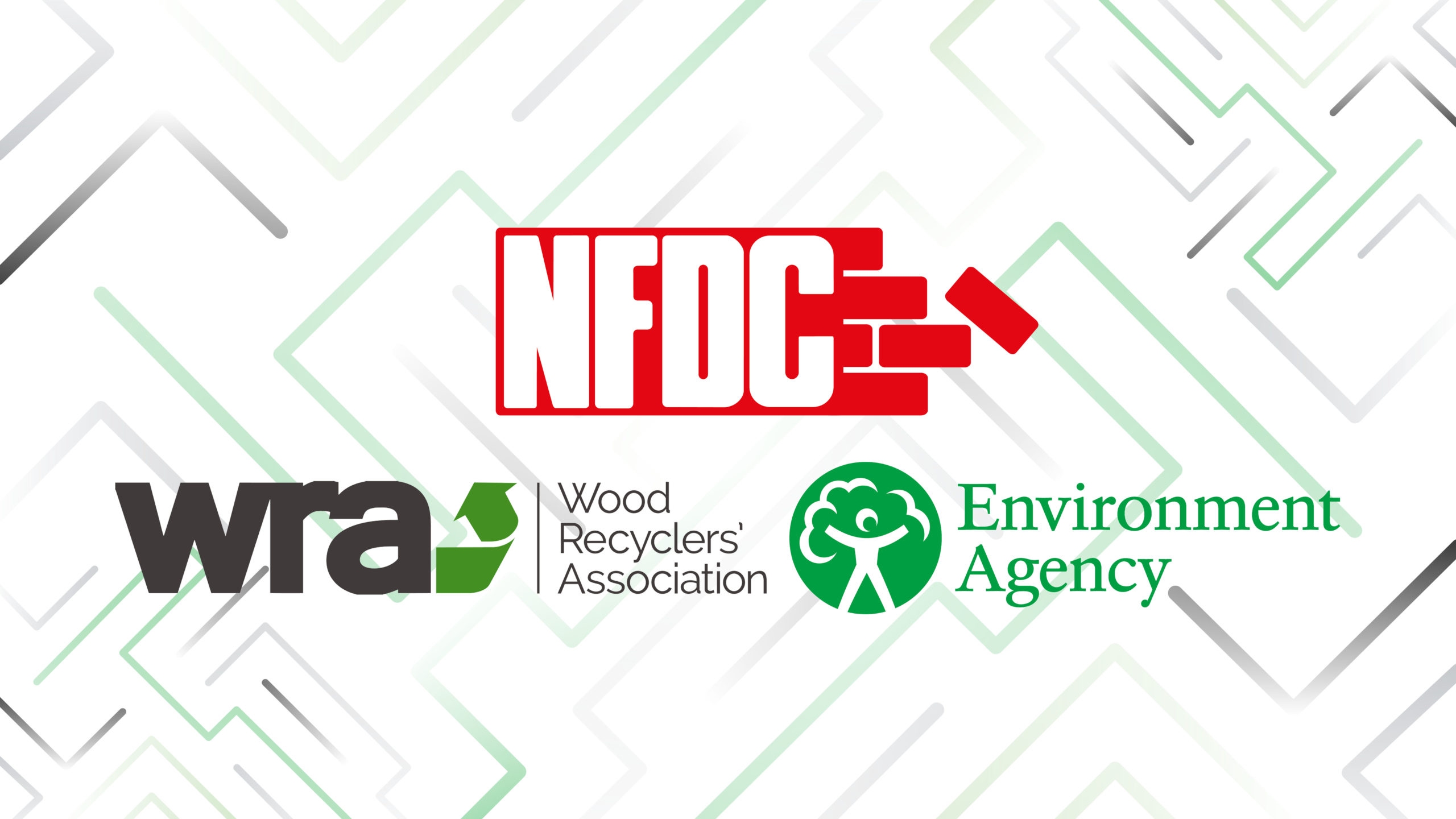The Environment Agency’s recent decision to classify amber waste wood from household and demolition streams as “non-hazardous” is major win for the federation, the industry and sustainability efforts.
This reclassification brings significant benefits to the industry by substantially reducing hazardous waste disposal and testing costs. The expected savings will streamline operations and enhance efficiency, allowing for quicker project turnarounds and reduced administrative burdens.
In terms of sustainability, the change promotes more effective recycling of amber waste wood into products supporting a circular economy. By facilitating the reuse of materials rather than sending them to incineration and/or landfills, the decision helps minimise environmental pollution and supports broader sustainability goals. Additionally, more efficient waste management practices contribute to a lower carbon footprint, reinforcing our commitment to sustainability.
For NFDC members, this means that, even after the removal of RPS 291 and RPS 249, amber waste wood items can be moved and processed as “non-hazardous”, provided they are destined for panel board manufacture or Chapter IV biomass, with no further testing required. However, wood from heavy industrial buildings remains an exception and will still need to be assessed and tested to WRA02, the recognised standard for hazardous waste wood by the Environment Agency.
We thank our members for their essential role in data collection and testing, which supported this decision. We also extend our gratitude to the Wood Recyclers’ Association (WRA) for their leadership and collaboration with us throughout the process.
This decision not only offers economic advantages but also aligns waste management practices with environmental objectives, marking a significant step forward for both the demolition industry and sustainability.
Related articles

NFDC comments on the UK’s recent General Election
The National Federation of Demolition Contractors comment on the UK’s recent general election, and the need to focus housing redevelopment on brownfield sites.
Originally published Sep 12, 2024 9:00:02 AM, updated September 12 2024.


